Last week, my colleague Henk Jan Scholten and I visited the Legal Services Society (LSS) in Vancouver, British Columbia, Canada. This place has been described to me as the ‘Silicon Valley for the justice sector’, especially when it comes to public legal information applications.
It was incredibly fascinating to learn more about their upcoming innovation from the LSS team of passionate experts. MyLawBC (expected to launch in spring 2015) aims to become an online resource where people will find guided pathways for their legal problems. These guided pathways are “built around your needs, where you can work through your legal issue, ending with an individualised action plan, information, and the services you need”. A site that also provides a hotline, live chat, and automated attendant service. A site that anyone can go to and say “Here’s MY solution to MY legal problem.”
MyLawBC will be a great innovation in legal information strategies. The guided pathways approach links to the state of the art in legal information strategies and builds on what we know works as it:
- Improves knowledge of rights and provides actionable and practical information on how to practice rights rather than merely what people’s rights are
- Delivers information in a timely manner (objective criteria/model solutions when needed)
- Builds confidence, empowers users to pursue a justice journey
- Promotes early action and prevent dispute escalation
MyLawBC shows similarities to HiiL’s Rechtwijzer platform as Sherry MacLennan, the LSS director of Public Legal Information and Publications, explains. LSS gave us the opportunity to present Rechtwijzer to some judges, people form the Ministry of Justice, Mediate BC and their own staff, which got some coverage by Ian Mulgrew of the Vancouver Sun.
Sharing the experiences we developed since we started Rechtwijzer in 2006 shows how cross-jurisdictional cooperation can be established. We just need to shift perspective and think of justice processes and procedures from the perspective of users and their justice needs rather than from the perspective of substantive and procedural rules and rights.
Legal needs studies show that people across the world, more or less, do the same things when they experience a legal problem or have similar justice needs. They can benefit from similar support. This implies that real economies of scale could be reached. In researching about what works, in designing user-centered, problem-solving (online) procedures, in developing self-help tools that empower people.
It would be very interesting to see how we could work towards the development of international standards, practices and maybe even platforms in the future.

